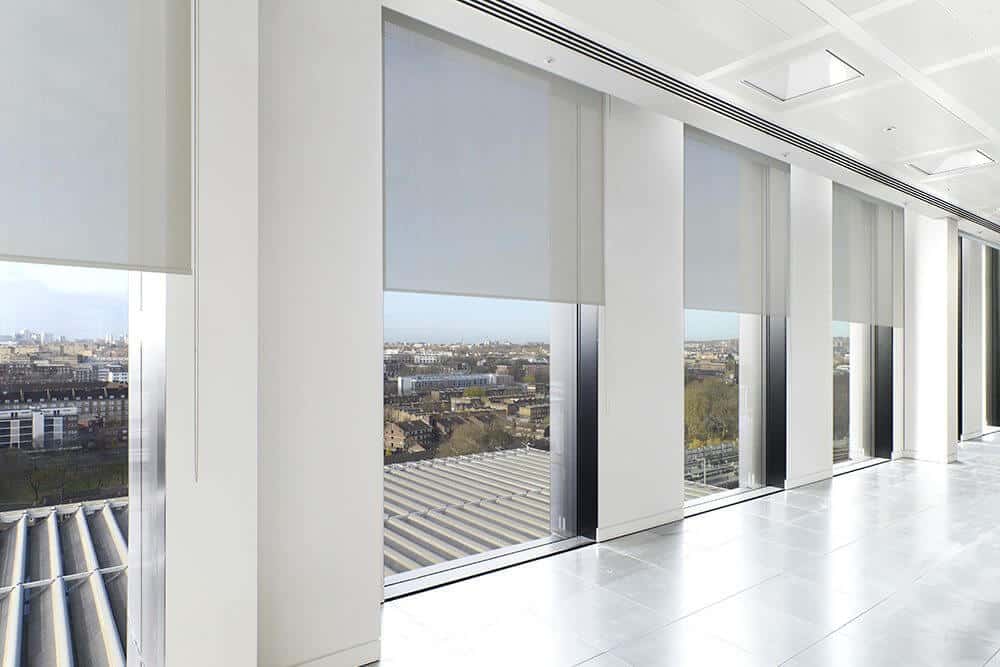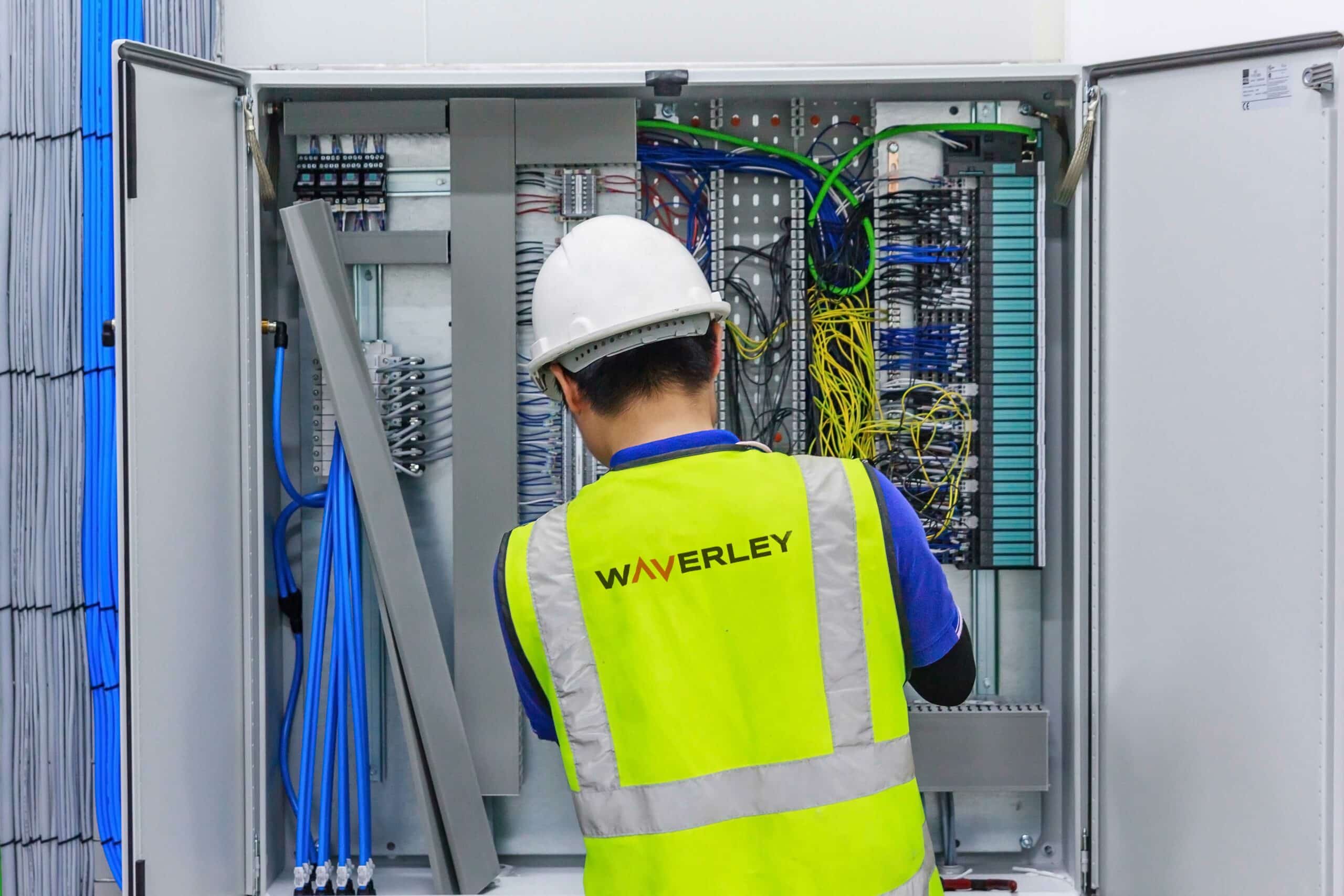
Energy saving tips for the office using blinds and curtains
The rising cost of energy is affecting every UK business. More and more people are searching for energy saving tips. The FT recently quoted a hotel owner as saying “It would be ironic if we survived Covid … and it was the energy bills that pushed us under.” Some businesses are seeing their tariffs rising fourfold as suppliers collapse and wholesale prices rocket.
Obviously, office managers can take steps to minimise bills, such as turning room thermostats down to the right level for most people’s comfort, but what other energy saving tips are there?
The HSE gives advice to businesses on how to manage the temperature of their workspaces. Using blinds and curtains is one of the tools mentioned by the HSE. It’s a simple and effective way for facilities managers and occupiers to reduce their bills for HVAC services.
In this context, blinds and curtains play two complementary roles. On the one hand, they keep solar gain to a minimum and the working temperature comfortable. This reduces the reliance on aircon units. On the other, they keep the warmth inside the room in colder times so the heating can be switched down.
In addition to the costs savings you can obtain, these solutions are also important for sustainability – less energy used means fewer emissions.
Here are a few things to bear in mind.
1. Blind and Curtain Fabrics
The best blinds to address solar gain control and save energy are those using metallised fabrics. Waverley’s RIBA-accredited CPD informs architects about the impact metallised blinds have on solar gain.
Waverley works with Verosol, a world-renowned manufacturer of metallised blind fabrics.
Verosol Silverscreen installed at 6 Pancras Square
Verosol SilverScreen Blind Fabric is the top specification for metallised blinds and is regularly specified by Waverley’s clients. The fabric gives unrivalled solar performance, reflecting up to 82% of solar energy trying to enter a building through the glazing. These blinds are as recyclable as any other fabric as the metallised backing can be removed in the recycling process.
When it comes to retaining heat in the building, drawing the curtains can reduce heat loss between 15-17%, according to a study at the University of Salford.
Thermal blackout curtains are very popular in offices and hospitality environments as they combine high levels of heat retention with elegance and a wide range of colour options.
2. Automated systems
Motorised blinds have been around for many years and are gaining popularity in the UK. For best thermal control, their operation in offices can be automated. This makes them an ideal energy saving solution.
Automated systems can be controlled via sun sensors and integrated with existing Building Management Systems
Sunlight sensors control when the blinds go up and down and where they stop. For instance, in bright sunlight, the blinds may drop by a third to shut out the glare but let plenty of natural light into the workspace. Alternatively, facilities managers can set the blinds to operate at certain times of day, according to when the sun is hottest on a particular set of windows.
Glare is particularly troubling in winter months, because the low sun angle can dazzle staff and make screens unusable. Partial shading is a successful way to reduce the impact of winter sun.
It is possible to retrofit automated blinds such as those powered by QMotion technology without costly and obtrusive wiring works. These provide a simple and effective way to reduce HVAC costs in older buildings.
Occupiers can integrate sunlight sensors with their HVAC systems to ensure the AC remains off for as long as the blinds can do the job. If you have solar panels on your building, the blinds can be solar-powered further reducing your environmental impact and your energy bills.
Waverley specification expert, Richard Webb has explained the importance of considering control and power in the design process for automated blinds. You can also find more information about why you should specify automated blinds for your office.
Waverley has much more detailed technical information to help companies choose the right shading or curtain solution for their office spaces. If you want to cut your office heating bills, we offer easy-to-retrofit options. If you are an architect preparing a new specification, we will ensure your building is optimised for occupant wellbeing and building efficiency. Simply get in touch.

